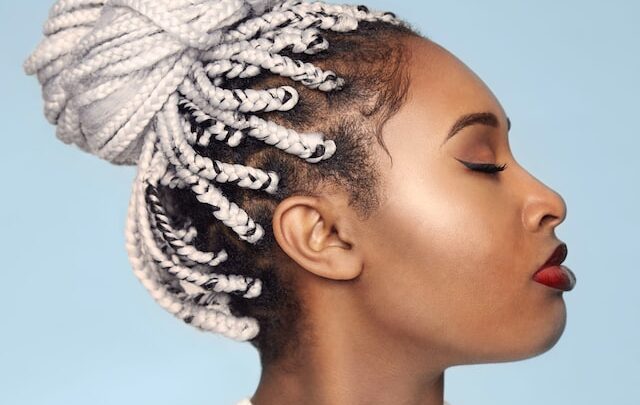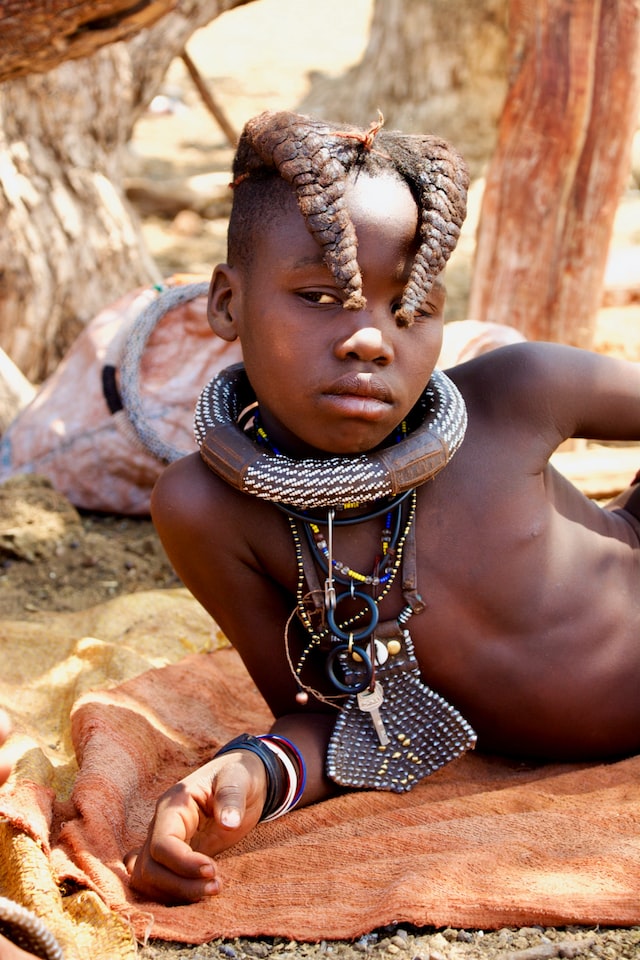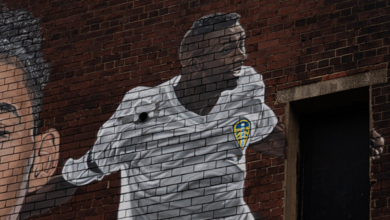Where did Braids Originate From – Africa Facts Zone

Everything began in Africa. Truth be told, the most seasoned known picture of braiding was found along the Nile Stream, by an old entombment site known as Saqqara. Braids were even carved into the rear of the top of the Great Sphinx of Giza.
Hair has since a long time ago been a marker of one’s social status like economic wellbeing, riches, religion, age, conjugal status and position.
Also Read: African Hairstyles’ Social Importance and Spiritual Significance
Here are six famous braiding styles we as a whole love today and their actual beginning:
1 CORNROWS
History can show to anybody that cornrows began in Africa. By and large, the many-sided braiding of the hair demonstrated the tribe you belonged to. Cornrows on ladies date back to no less than 3000 B.C. what’s more, as far back as the nineteenth centuary for men, especially in Ethiopia. Fighters and rulers were distinguished by their braided hairstyles.

Still generally worn all through West Africa, Sudan, and the Horn of Africa (Djibouti, Eritrea, Ethiopia and Somalia), cornrows can imply one’s age, strict convictions, connection, marital status, riches, and were likewise a type of self-articulation. Ladies and men utilized shells, glass, corals, new blossoms and twigs, among different things, to enhance their cornrows and express their characters.
2 GHANA Braids
Ghana braids, which today are likewise frequently called banana Braids or fishbone interlaces, can be traced as far as possible back to Africa. The earliest portrayals of Ghana braids show up in hieroglyphics and sculptures cut around 500 BC, outlining the consideration Africans paid to their hair.
Also Read: 10 Stunning Braided Updo Hairstyles For Black Women
3 FULANI Braids

The Fula, or Fulani Clan, is the biggest traveling pastoral community in the world that populate West Africa and the Sahel District.
An exceptionally customary hairdo for ladies incorporates long hair being placed into five long braids that either hang or are circled on the sides, with a hairstyle in the head. Hair is beautified with dots and cowrie shells. A custom that is gone through the ages to ladies and little kids incorporates joining the family’s silver coins onto braids as a legacy image as well concerning tasteful purposes.
4 GODDESS Braids
Goddess braids can likewise be traced all the way back to the hours of Old Africa. They are comparable in shape to conventional cornrows, but the braids are in many cases a lot thicker all through, raised, extremely smooth and characterized. They were an image of fine art, inventiveness, accuracy, and another component of style.
5 BOX Braids

Box Braids can be dated as far back as 3500 B.C. in South Africa. The box braids of today aren’t quite different from the Eembuvi braids of Namibia or the jawline length weave interlaces of the ladies of the Nile Valley from quite a long time back.
Hair was once wefted into fiber skull covers made of strong materials, similar to wool, felt and, surprisingly, human hair to reuse for their customary clothing and ceremonies. Cowrie shells, gems, dabs and other significant things embellished box interlaces of before ladies escaping to their availability to mate, copying of abundance, high ministry and different characterizations.
Box braids were costly in terms of time and material. Installing them requires both accuracy and persistence with the interaction taking somewhere in the range of four to eight hours relying upon how long and thick you maintained that your braids should be.
Also Read: Top Braided Hairstyles for Black Men
6 DREADLOCKS and Artificial LOCS

Most frequently connected with Rastafarians and everything Jamaica, dreadlocks really started in, you got it, Africa.
As indicated by Dr. Bert Ashe’s book, Curved: My Dreadlocks Chronicles, dating as far back as 2500 B.C., The Vedas, Hinduism’s most seasoned sacred texts, portray the Hindu God Shiva wearing locs or “jaTaa” in the Sanskrit language.

Old Egyptian pharaohs additionally wore locs, which showed up on burial place carvings, drawings and different antiques. Thousands of years later, preserved bodies have been recuperated with their locs still unblemished.
For the Himba Clan, in the northwestern locale of Namibia, hair demonstrates one’s age, life stage, and marital status. Hair is frequently dreadlocked with a combination of ground ochre, goat hair and margarine. In present day times, Indian hair expansions bought from adjacent towns has been remembered for making dreadlocks.

A teen young lady who has entered pubescence would normally wear plait strands or dreadlocked hair that looms over her face, and a wedded lady and another mother would wear an Erembe hat produced using creature skin over her head.
A young lady who is prepared to wed would tie back her dreadlocks, uncovering her face.
Curiously, single men wear a single plaid to demonstrate their unmarried status, and when they wed, they cover their heads at absolutely no point ever to uncover them out in the open in the future, except for burial service attendances.





